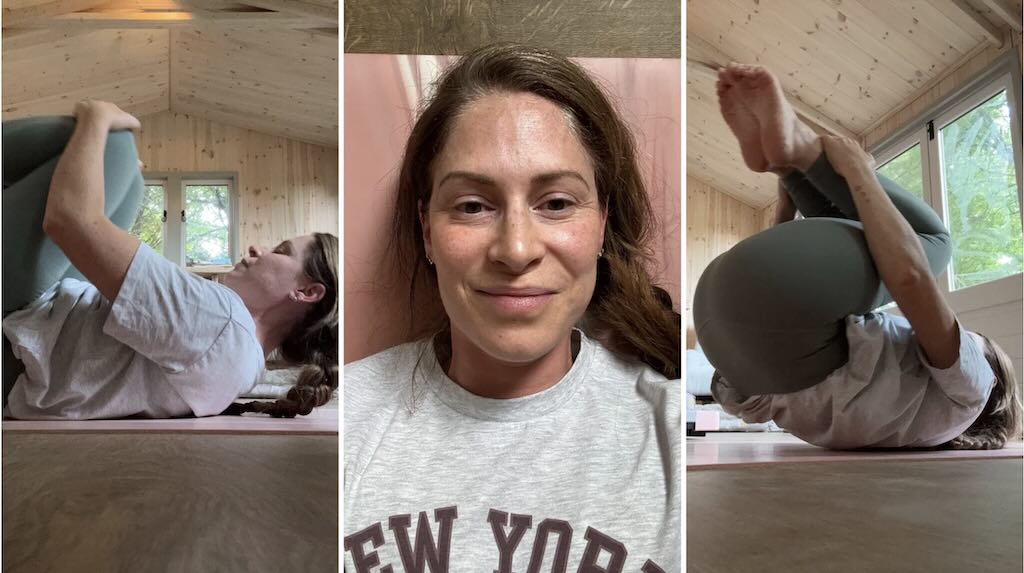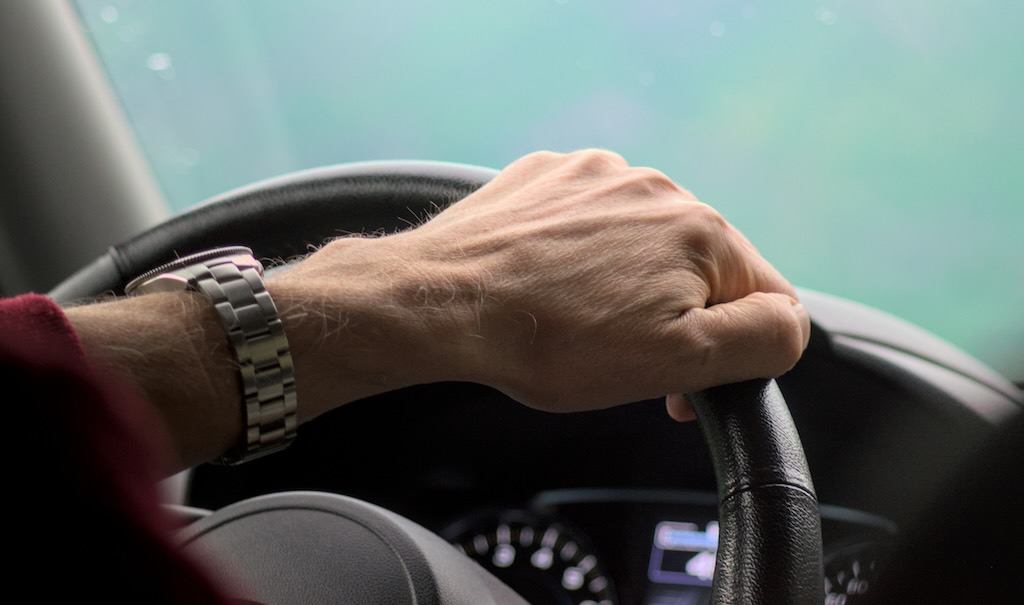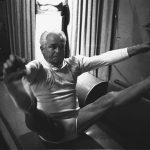Welcome to the August edition of Pilates Central News.
In this edition:
- Back to the future
- Daisy chain
- Whole new ball game
- Driven to Pilates
Back to the future
Many people come to Pilates after suffering from a bad back. It’s estimated that 80 per cent of us will at some point have back pain, particularly if you sit at a desk all day. So how can Pilates help?

Pilates can work around the back rather than just on it. Typically someone with a bad back may have weak core muscles, that is the muscles around the stomach and the spine and around the buttocks (the gluteals or glutes). Such weaknesses can lead to tight hamstrings and the lumbar spine or lower back being pulled into a tilt, causing muscle spasms and back pain. The core muscles have been likened to a corset around the trunk. Reformer and mat Pilates can help strengthen these core areas and improve your posture so that less strain is put upon the back.
Many people suffer from bad posture habits, such as crossing legs when seated, slumping in chairs or sinking into one hip while standing up. Pilates will help correct these imbalances and an instructor will spot if there is pelvic misalignment or one leg is working harder than the other. Standing or sitting with a tall spine will create more space between the discs in your back and lessen the pressure on your back. Once you start Pilates you’ll find it easy to incorporate healthy movement into your day-to-day life too.
Another benefit is that Pilates will generally improve all-round flexibility. Sitting at desks, often with chairs and screens at the wrong height or hunching over a phone creates a rounded back posture. Pilates exercises aim for a neutral spine, emphasising the natural curve of the back. By freeing up the segments of the upper spine this can lessen the pressure on the lower back.
Reformer Pilates can work around an injury and be performed lying down. It is a low impact exercise for a tender back, although if anything hurts it’s advisable to stop and get advice. The Reformer allows your teacher to modify resistance to adapt to particular factors such as your age or type of problem. While plenty of mat exercises can be utilised to strengthen your back, including pelvic tucks where both legs are swung from side to side, hip stretches, bridges, half or full planks, the clam, the cat cow, spinal twists, pelvic curls, the dead bug, toe-curls and many more.
Conventional medicine tends to treat the symptoms of back pain rather than the underlying causes. By strengthening core muscles and helping with better posture and enhanced flexibility Pilates aims to provide a long-term solution to back pain and prevent future problems. Better core strength and posture will help you walk taller and keep your spine feeling younger and pain free.
Disclaimer: It is essential to consult with a healthcare professional such as a doctor or physiotherapist before taking up Pilates if you have pre-existing back pain.
Daisy chain
“Emmerdale legend reveals exciting new chapter amid ‘so much anxiety’ over show exit after 13 years,” trumpets Metro in a piece on 22-year-old actor Daisy Campbell’s plans to open a new Pilates studio in Wales.

Campbell was only seven when she started playing Amelia Spencer in the ITV soap. After finally being written out of Emmerdale Campbell has opted for a change of direction. She told her 86k Instagram followers: “After I reflected on what I really wanted to do, I did a level 3 mat and reformer Pilates course over the spring and I’m so proud of myself for passing. I realised that I want to help people with lifestyle and fitness, especially through Pilates. I want to create a new community for so many people out there.”
You can understand why she might want to concentrate on her breathing. Daisy’s character in Emmerdale endured a helicopter crashing on the village, discovering her dad’s brother was her biological father, a kidnap plot, an unplanned pregnancy, a stalking plot and being manipulated by evil abuser Tom King.
Campbell is being helped by her 80-year-old granddad to do up the former crown court as they create Pontefract’s first reformer Pilates studio called that.pilatesplace. “I’ve always wanted to build something for others and to bring community together. I really am so looking forward to this. Such a dream,” says Daisy. Let’s hope her sessions are a little less dramatic than her Emmerdale storylines.
Whole new ball game
“I Tried the Pilates Roll Like a Ball Every Day for 7 Days To Ease Lower Back Pain and Open My Spine,” is Marie Claire’s latest foray into the world of Pilates. Writer Anna Bartter concludes that having tried many more challenging Pilates exercises, this one, “feels like a dream. Not only is it straightforward to do, but it’s relaxing and restorative, too. It really does feel like a mini back massage every day.”

Rolling like a ball is a classical Pilates mat exercise that involves, “balancing on your sit bones in a small, rounded shape and gently rocking backwards along the spine, then returning with control to the starting position.”
Marie Claire lists the benefits as including the fact it’s accessible and simple to do anywhere, it releases tension from the spine, helps core stability and improves balance and reinforces the Pilates round back or “C position”. Another benefit is that it’s a good entry-level way of working on your breathwork and matching it to the movement. “I find the massage of the spine is deepened by rolling back with a lungful of air,” writes Bartter. Another plus is that it’s quite a playful exercise and fun to do.
Bartter concludes: “Spending that valuable time working with my breath and easing out my back niggles has paid dividends in terms of how I’m feeling this week — even my Oura ring agrees that I’ve spent more time in a restored state than usual.”
Driven to Pilates
There’s been quite a debate in the Times about the government planning to introduce compulsory eye tests for drivers over 70. Columnist Angela Epstein wrote a piece about telling her elderly mum to give up driving. This prompted reader Katharine Minchin from Sussex to write to the letters page stating that, “it is not only the possibility of dementia and other such cognitive problems that mean driving should stop. My mother, an excellent driver and in possession of the advanced motorist certificate, realised she could no longer turn her head fully and be sure of seeing a cyclist who had drawn up alongside her. She handed in her licence.”

This in turn inspired a brilliant reply from Margaret K Green from Hants reading: “Rather than giving up a driving licence because of restricted head movement, I suggest Pilates. It helps so much when one needs to retrieve a map from the back seat, reach across to open the car door, or rescue a Polo from the footwell. All while parked, of course.” We couldn’t agree more, though the government has no plans to bring in compulsory Pilates as yet even if it is great for retrieving Polos.
If you would like our newsletter you can subscribe on the Home page. Follow us on social media:
Facebook | Instagram | X | Linkedin.
The Pilates Central Team


